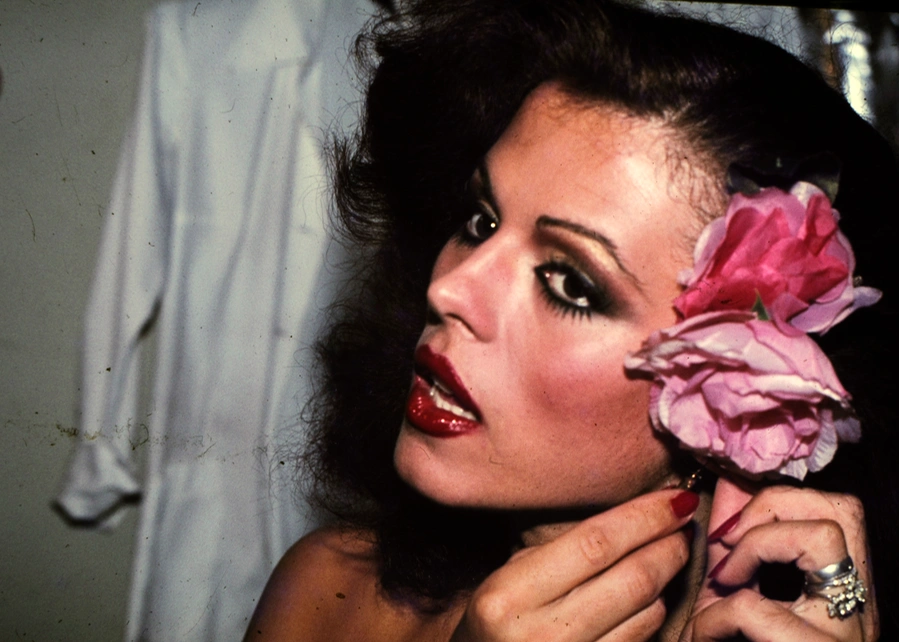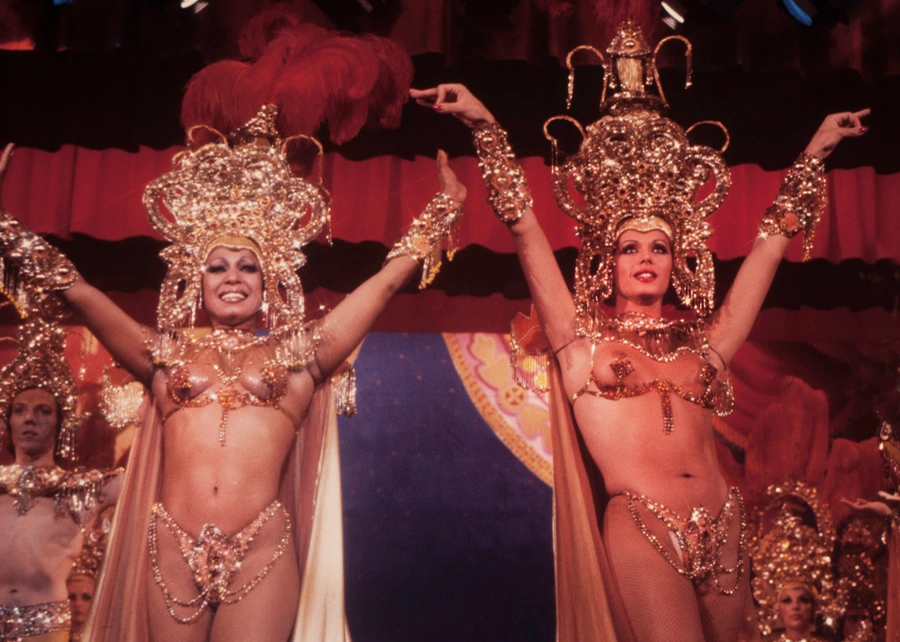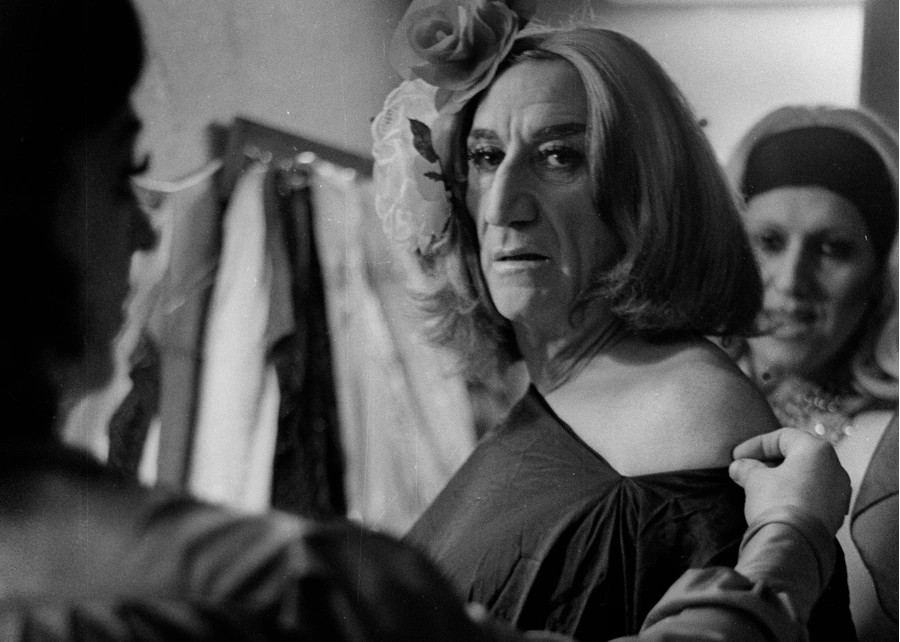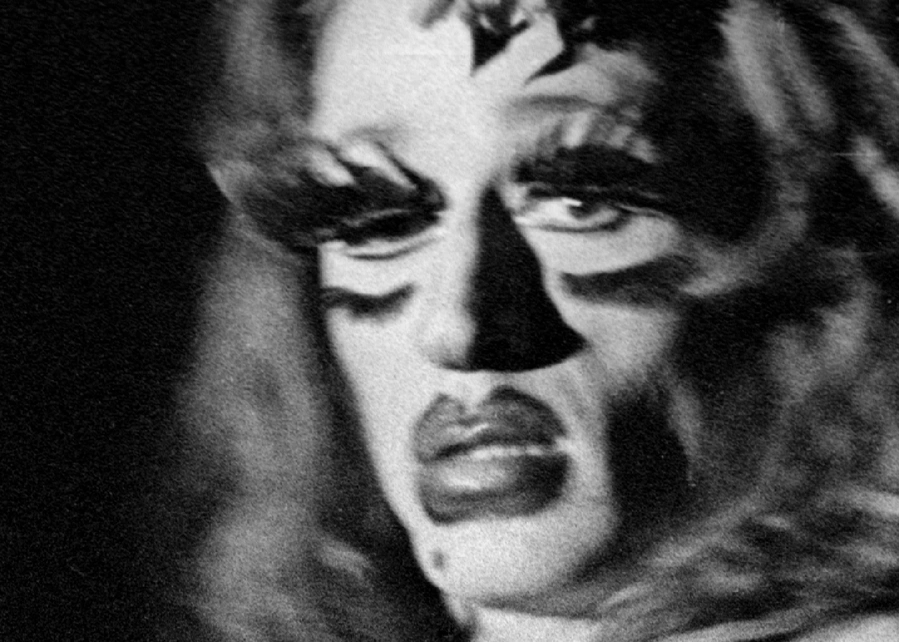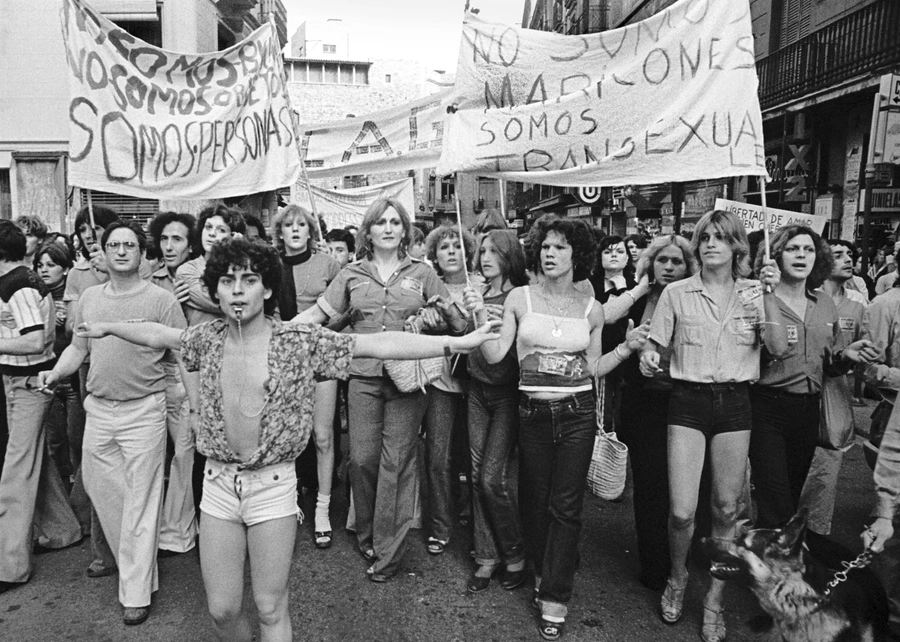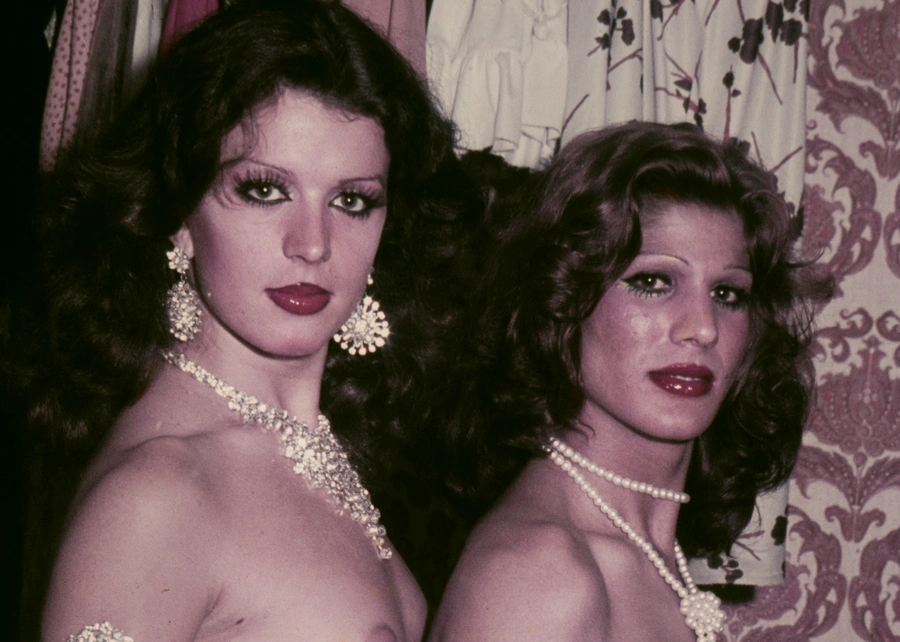Oscar Laser
1977. Se Destapa la Libertad
After leaving behind Franco’s death, the night in Barcelona was not only at Bocaccio. In hundreds of bars, clubs, or party venues, another way of life was celebrated. A life that allowed to live sex freely.
The gay scene experienced an explosion of joy. Night parties where bodies were celebrated, breaking the loneliness that society had imposed.
All of this made visible by the enormous amount of media covering these parties with images that showed a vibrancy not experienced in that dark Spain we came from. Films like “40 años sin sexo” summarized, already in the title, the motive of the rebellion. These were the times of “El Destape”.
On the streets, demonstrations fought to repeal the “Law of Social Dangerousness,” which allowed for the imprisonment of a homosexual, solely for being one. These images depict that time.
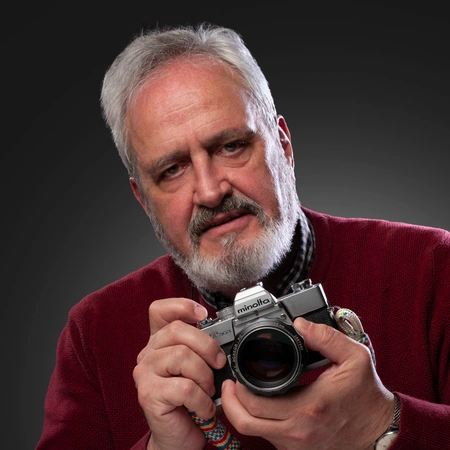
Oscar Laser (Buenos Aires, Argentina.)
In 1977, he embarked, distancing himself from an Argentina experiencing its worst moment, towards a Spain that was beginning to enjoy its transition.
From the beginning, he collaborated with Ediciones Zeta, which later became the central pillar of the Destape, both erotic and political. With a Minolta SRT 303, he published in almost all the magazines of the publishing house: Interviú, Lib, Bazaar, or Penthouse, bringing to paper photographs ranging from interviews with Dalí, Alejo Carpentier, or Serrat to images of Barcelona reflecting the beginning of the LGBT movement.
In 1987, with his partner Mayte Francin, he founded the Aula de Especialización Fotográfica, of which they remain directors. Specialized in professional topics such as digital editing, lighting, or large format, they maintain traditional Black and White laboratory in their programs.
As a Stereoscopy specialist, he has been awarded in different competitions for his 3D projects.



